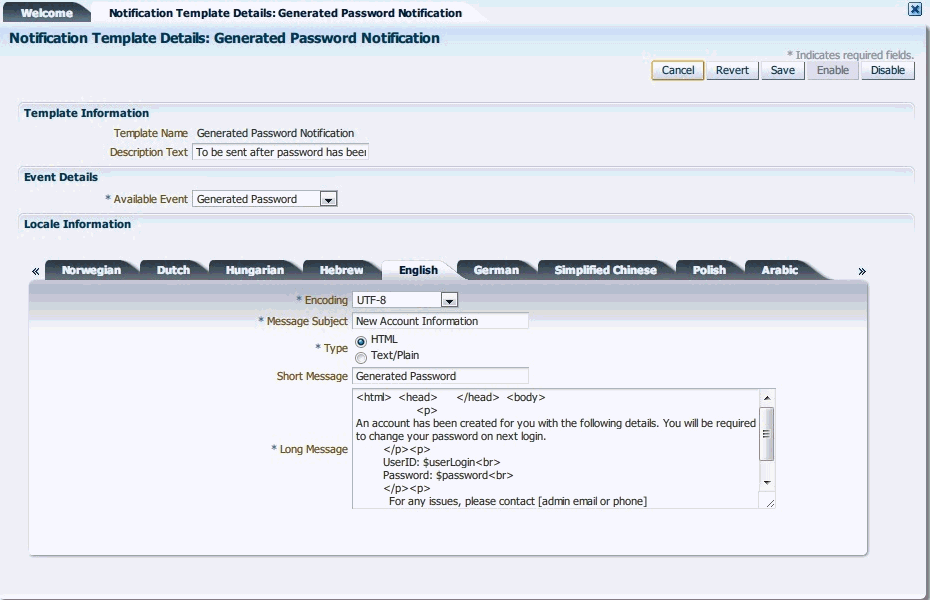


Pushover('Or you can get with that (app)', token=) Pushover('I can now send so many more messages!')Īnd to temporarily use a different app token or user: pushover('You can get with this (app)') You can set these once and use them for all subsequent messages: set_pushover_app(token=, user=) Remembering to include your user key and app token every time you send a message is a big hassle. Or more urgently: pushover_emergency(message='The kittens are awake, and they are angry!', user=, token=)Įmergency messages return a receipt token that can be checked with is.acknowledged() to see whether or not it has been acknowledged. pushoverr provides easy methods for sending these: pushover_quiet(message='The kittens are sleeping', user=, token=) Quiet messages arrive without playing a sound, high priority messages arrive with a reddish background, and emergency messages arrive and repeat until they've been acknowledged. Pushoverr provides message different message priorities. Example 2: Send Yourself an Important Message Within just a few seconds, your phone/tablet/watch/whatever should be abuzz with this historic message. Watson-come here-I want to see you.', user=, token=) In order to send a message, you'll need to have your user key and an app token. To do this, run: library(pushoverr) Example 1: Send Yourself A Message To begin using pushoverr, you'll need to first load the library. Now that pushoverr's been installed, you're ready to start pushing some notifications. For an up-to-date R setup, this can be done by running install.packages('httpr'). You'll also need to make sure that you have the excellent httr package, which makes working with web connections easy. Install_github('briandconnelly/pushoverr') To do so: if(!require('devtools')) install.packages('devtools')
#NOTIFYR EXAMPLES IN R INSTALL#
If you like living on the edge (or need a previous version), you can use devtools to install the latest and greatest version of pushoverr from GitHub. Installing pushoverr is as easy as running: install.packages('pushoverr') Latest and Greatest (Fingers Crossed) via GitHub
#NOTIFYR EXAMPLES IN R ANDROID#
You'll also need the Pushover app for iOS or Android (desktop notifications coming soon). You'll pass these along to pushoverr whenever you send a message. These are what identify you and your app(s) to Pushover. You should now have two codes-a user key and an API token/key. Once you have that, log in and register an application. You'll need a free account with Pushover. Now you'll be able to easily let yourself know when it's done (or whenever else you want to send yourself or your group a message).
#NOTIFYR EXAMPLES IN R CODE#
Got some R code that takes a while to complete? Enough time to take a little walk or go get a coffee, but maybe not long enough to go home for the day? pushoverr is an R package that allows you to send push notifications via Pushover to your mobile devices (iOS or Android) or desktop.


 0 kommentar(er)
0 kommentar(er)
